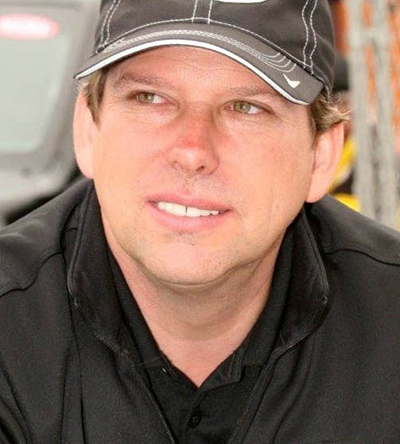Top Fuel Tuning 101 with Del Worsham
 |
| (James Drew photo) |
After two decades of racing Funny Cars, Del Worsham made the most of an opportunity to pilot a Top Fuel dragster for the first time for Al-Anabi Racing in 2011, and that resulted in Worsham's first NHRA championship. He surprised everyone by stepping out of the dragster for the next season and taking on the role of crew chief for Alexis DeJoria and the Patron Tequila Funny Car team.
In 2013 Worsham decided to jump back into a Funny Car seat, driving the DHL-sponsored Toyota for Kalitta Motorsports. He continues to drive the car.
Del and his father, Chuck, have many years of experience tuning race cars.
Wayne Smothers of Smothers Super Cars in Oklahoma spent some time at last year’s U.S. Nationals talking to driver and tuner Del Worsham and shares this interview with us. Sit back, you might learn something.
DRO: We’re going to ask one of the busiest men in drag racing some tuning and tech questions that are a little more in depth than normally talked about and often misunderstood. The first question is, What is “wheel speed”? “Getting up on the tire”? “Tire shake”? How do you use a wheelie bar?
Del Worsham: “Wheel speed” is exactly what it sounds like -- it’s the speed of the rear tires and getting them spinning. Most people assume that you want the tire “stuck” -- which is traction, but it’s not as fast down the track as getting them spinning. The reason you hear about wheel speed is that you can run into tire shake without enough wheel speed, and once you leave you take these huge tires, with a large amount of volume of air, and you stick them to the track; you hit the throttle and they wind up, but they eventually have to recoil at some point, and when that happens and they’re not spinning/slipping properly, they’ll go into a “shake” mode. Since these cars are solid suspension it only leaves the tires as the suspension of the car, so we have to control "tire shake" with wheel speed and the wheelie bar.
The wheelie bar basically sets the height of the car when it leaves the line. It doesn’t set the front-end height, it actually sets the rear-end height and how far the back end of the car drops down. The closer the rear rims get to the track, the shorter the rear gear ratio gets. Used to, when I wanted to get more wheel speed and I wanted the car to leave faster, I’d raise the wheelie bar to lower the gear ratio by making the tire shorter.
DRO: You talk about the tires spinning. How far down the track do the wheels spin?
DW: We want the tires to spin all the way down the track. We basically want the car to “black track” or lay black marks from the tires spinning all the way down the track. The wheels can be going as much as 30 to 40 MPH faster than the car is moving at the starting line and somewhere in the neighborhood of 10 MPH faster than the car is going at the finish line. We have documented data that supports that. The tires are basically always spinning and never actually “stick” to the track. I honestly don’t know the EXACT numbers of where the wheel speed needs to be since we’re in the middle of getting into this kind of data, but it’s there.
DRO: What about tire pressure? What kind of increments do you change it at and when do you change it?
DW: We change tire pressure in 1/10th pound increments, and the reason for going up or down on tire pressure is just the opposite of what most people think. You know, amazingly, the more tire pressure, is what’s believed to be more traction. If the track is hot and slippery, we’ll raise the tire pressure really high to get more traction, whereas when the track is cool we’ll lower the tire pressure down. We’ll go as low as 6.5 lbs. and as high as 8.5 lbs.
DRO: So, you lower the tire pressure and it makes the sidewall not as stiff, allowing it to get up onto the tire quicker?
DW: Or maybe it’s just making the tire shorter and lowering the gear ratio, but I do think it’s a little bit of both. And since the tire pressure is lower, the tire cups a little bit so there’s not quite as much rubber on the surface of the track. More air equals more traction.


